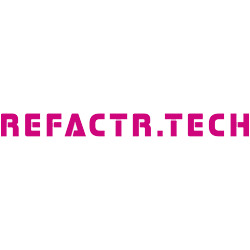According to the World Health Organization, there are 1 billion people with some form of disability. To mitigate the negative social and economic effects produced by an inaccessible digital world, and given that the world wide web is still the most popular form of accessing the internet, we have to think of web accessibility as one of our top priorities. Web accessibility can be an intimidating subject for web developers, information is hard to find and gather, and sometimes, out of date. I will provide the basic information that developers need to dive into the complex world of web accessibility. The starting point will be a review of the POUR principles that dictate that websites should Perceivable, Operable, Understandable and Robust, and after that, I will dive into more hands-on topics related to the coding and development of accessible websites and the testing tools and techniques available for determining how accessible our applications are. I will do live demos of tools like screen readers and visual impairments simulators with the goal of helping attendees understand the challenges faced by people with disabilities when surfing the web and to show the difference that accessible coding can make for users of assistive technologies. disabilities who are excluded from the amazing opportunities created by the digital revolution, given its transformative power the United Nations now considers access to the internet a basic human right and since the world-wide-web is the most popular way to access the internet, web accessibility has to be one of our top priorities as an industry.



